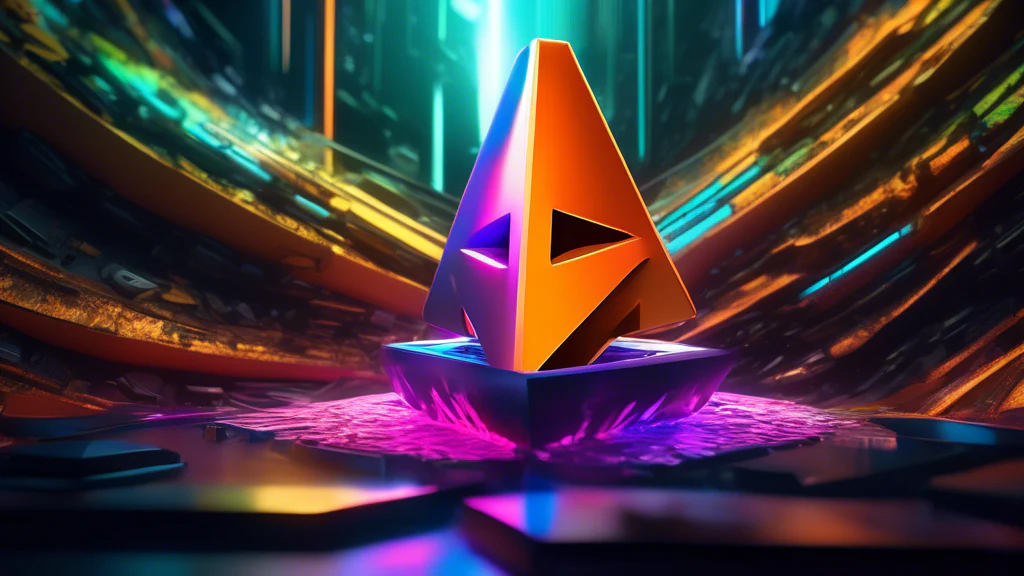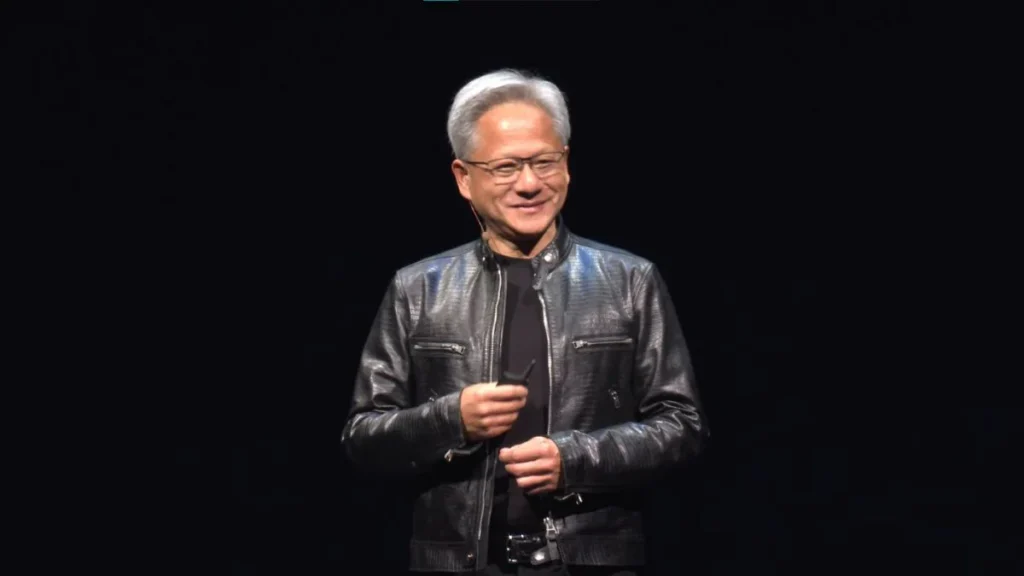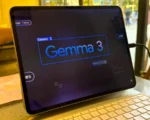Nvidia Expands RTX Video HDR to DaVinci Resolve and Wondershare Filmora
Nvidia made waves at Computex 2024 with the announcement of RTX Video HDR’s expansion to VLC media player, bringing advanced AI-powered SDR to HDR upscaling capabilities to a wider audience. Initially introduced earlier in the year at CES 2024, this feature is set to revolutionize viewing experiences for RTX GPU owners. By harnessing artificial intelligence, RTX Video HDR enhances the dynamic range of standard videos, enabling them to be displayed with vivid HDR colors.
To utilize RTX Video HDR, users need an HDR-compatible monitor and must have HDR functionality enabled in their Windows settings. Nvidia claims this technology will not only enhance visual fidelity but also preserve intricate details that may be lost in standard dynamic range playback. This move underscores Nvidia’s commitment to pushing the boundaries of visual technology across various platforms.
In addition to VLC media player, Nvidia also revealed plans to integrate RTX Video HDR into popular video editing software such as DaVinci Resolve and Wondershare Filmora. This expansion aims to empower video creators with tools that maximize the capabilities of HDR displays, allowing for more vibrant and lifelike video editing experiences. By enabling RTX GPU users to leverage AI for real-time video enhancement, Nvidia continues to innovate in the realm of multimedia technology, promising a future where HDR content creation is more accessible and visually compelling than ever before
Nvidia is bringing RTX Video HDR to VLC media player, the company announced at Computex 2024 on Sunday. This feature – first announced in January for all RTX GPU owners – uses artificial intelligence (AI) to upscale SDR videos to HDR. Nvidia says the only prerequisite to using it is to have an HDR-compatible monitor and HDR functionality enabled in Windows. Additionally, RTX Video HDR will also be introduced on video editing software such as DaVinci Resolve and Wondershare’s Filmora.
In a blog post, Nvidia announced that in addition to the existing super-resolution capabilities of the VLC media player, it will soon get RTX Video HDR. The US chipmaker first announced this feature at the Consumer Electronics Show (CES) 2024. It uses AI to automatically upscale SDR content to HDR.
As per Nvidia, RTX and GeForce RTX GPU users can use this feature to “maximise their HDR panel’s ability to display more vivid, dynamic colours”. The company further claims that it can preserve details that may not be seen when videos are playing in standard dynamic range.
In addition to the VLC media player, Nvidia says RTX Video HDR is also being made available as an SDK to developers that will enable them to natively integrate it into applications. Furthermore, it will also bring the feature to video-editing software such as Blackmagic Design’s DaVinci Resolve and Wondershare Filmora, enabling editors to “upscale lower-quality video files to 4K resolution, as well as convert standard dynamic range source files into HDR”.

















